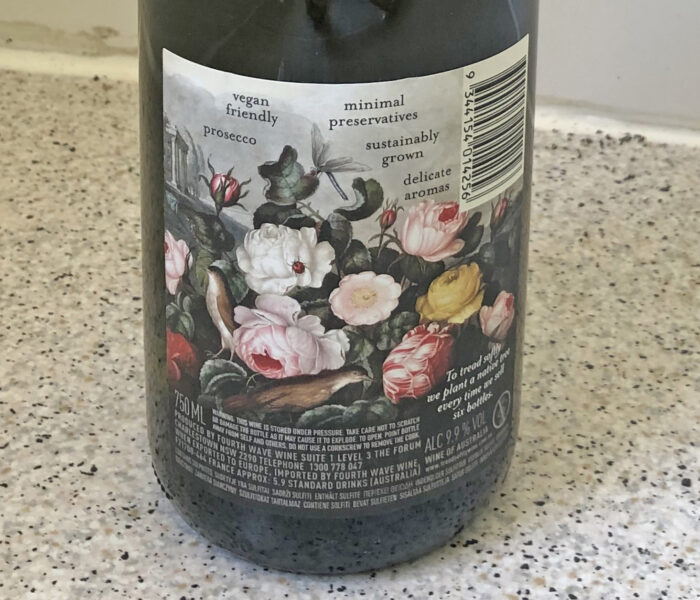The November meeting was cut short as it was preceded by our Annual General Meeting. However it was one of the loveliest meetings. Once our club business was concluded the focus of the meeting turned to the beautiful roses that grow happily and with few pests and diseases in the sub-tropical climate of the Northern Rivers. Maree Pfisterer introduced each member who displayed the blooms that they found to be the best performers in their gardens. The fragrance was delightful.
- Lesley Player – Eleanor – an easy to grow cup rose, Duchess de Brabant – bomb proof and easy to grow from cuttings
- Adelina Lindardon – white with pink tinge (unknown name); Papa Meilland red hybrid tea, Meilland Festival.
- Eileen Batute – Just Joey, Moon Glow,
- Joan Neate – red double David Austin, Little Pink
- Suzie Johnston – Dame Elizabeth Murdoch, Iceberg, Fairy Tale Magic, climbing Graham Thomas, Pinkie
- Jocelyn Day – pink Heavenly Scent, White Iceberg
- Diana Sharpe – Elysium Fields, Margaret Merrill, Graham Thomas, Crepuscule, Tranquillity
- Fay Dwyer – Black Forest, red Kordes, David Austin Raul Dahl, Wedding Bells,
- Steven Wedd – Pope John Paul 11 white, Brindabella bred in Toowoomba suited to sub-tropics
- Carol Lea – David Austin Endeavour, Albertine
- Annie Abbink – David Austin Pierre de Ronsard, Wedgewood, yellow Graham Thomas, Cecile Brunner
- Beth Noble – Orange/red rose and a Cape York Lily
Hopefully we can have more beautiful rose blooms in 2023.



